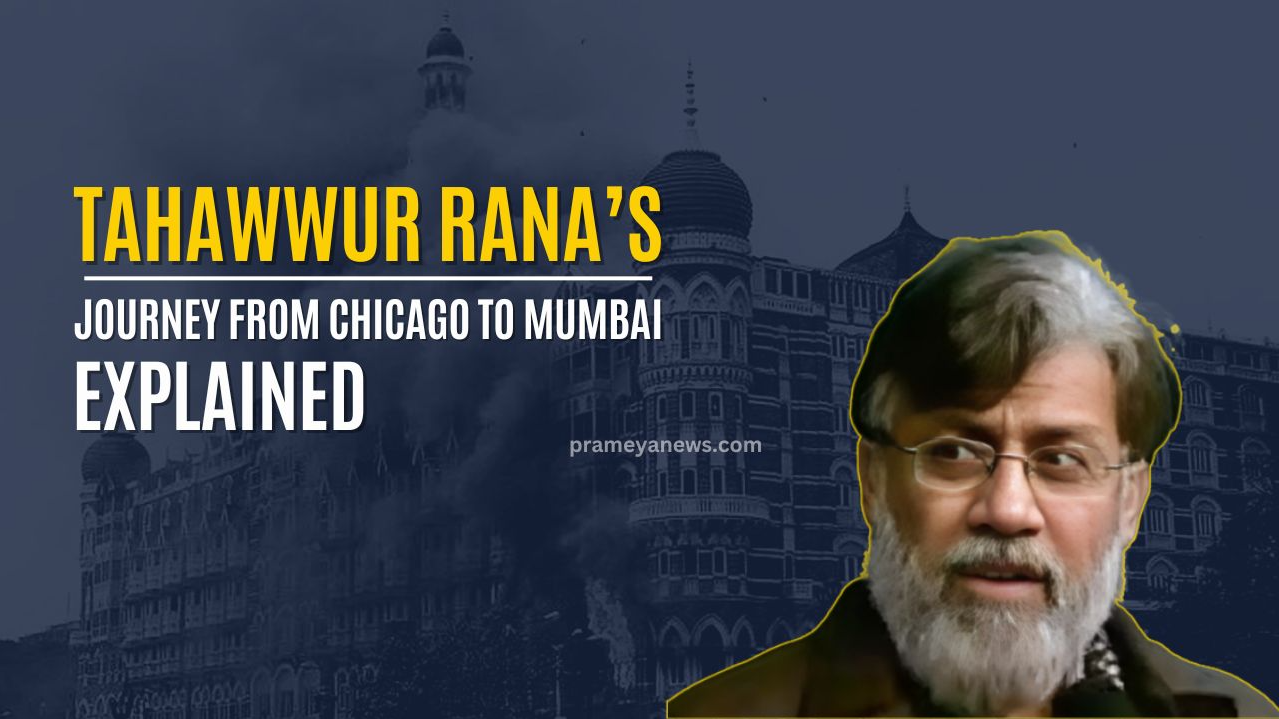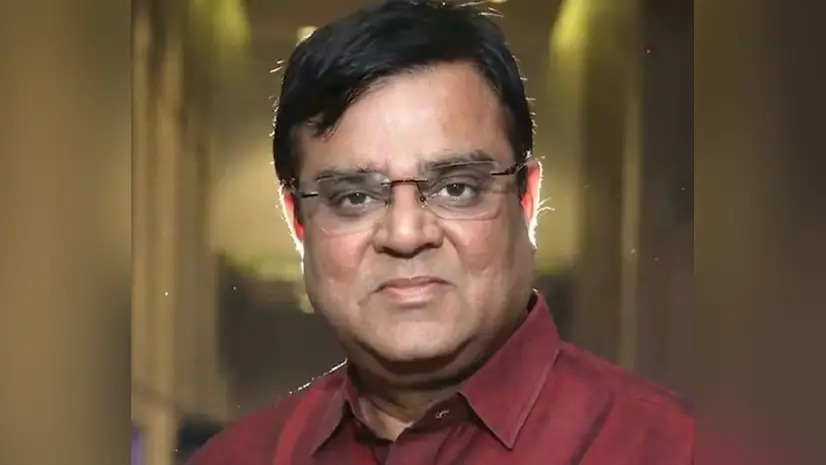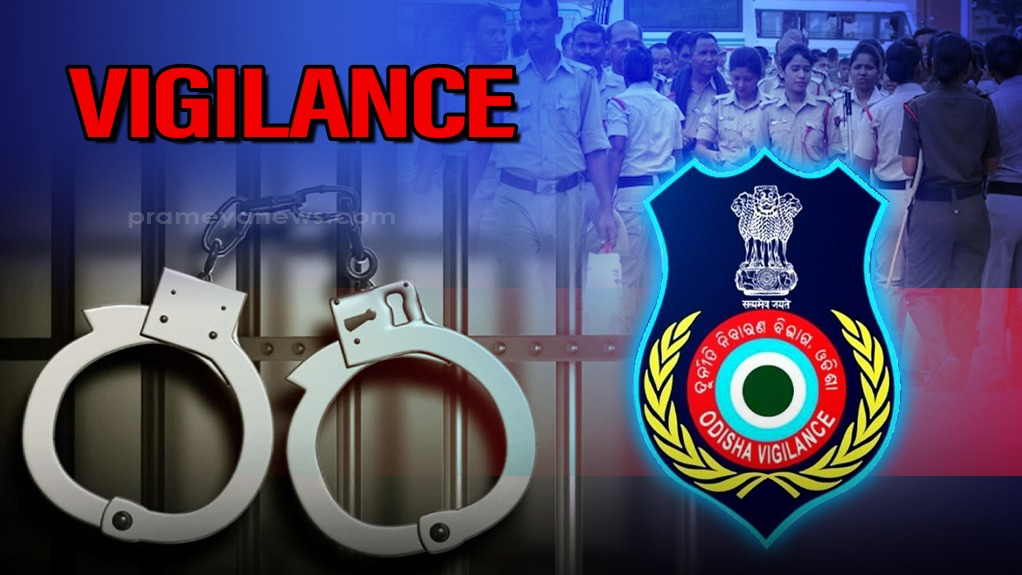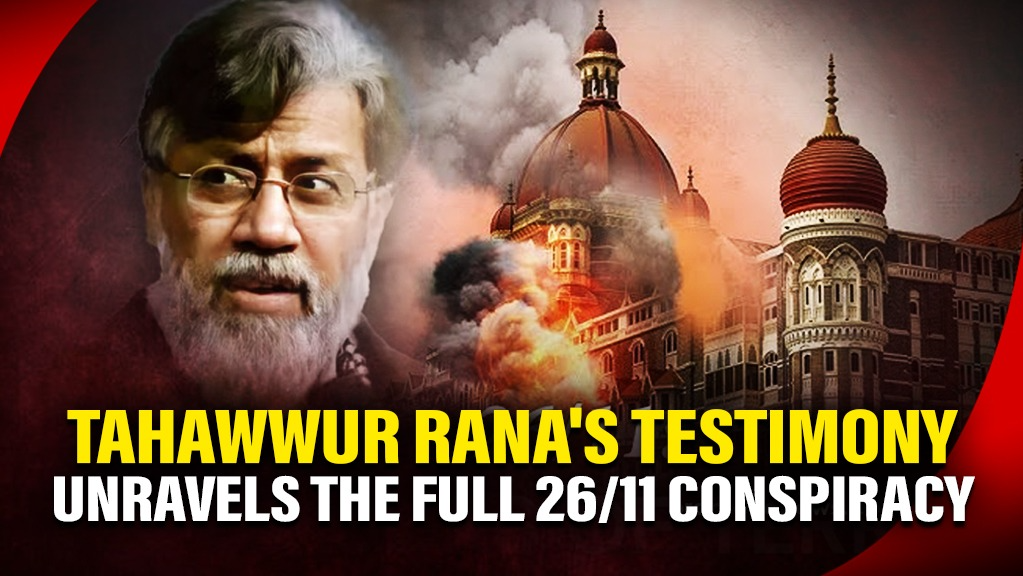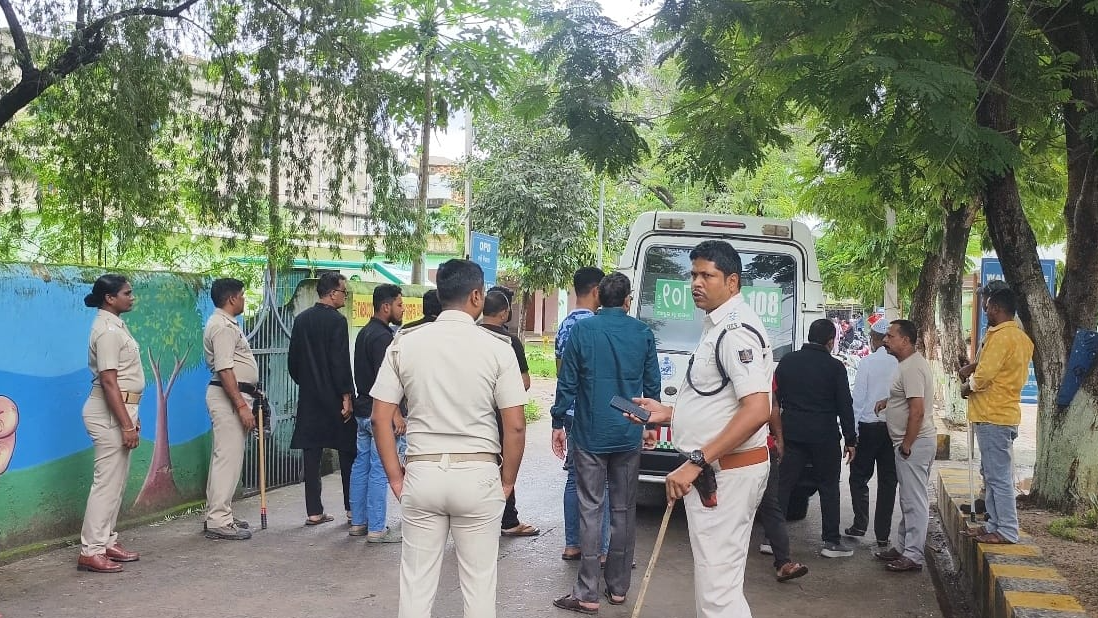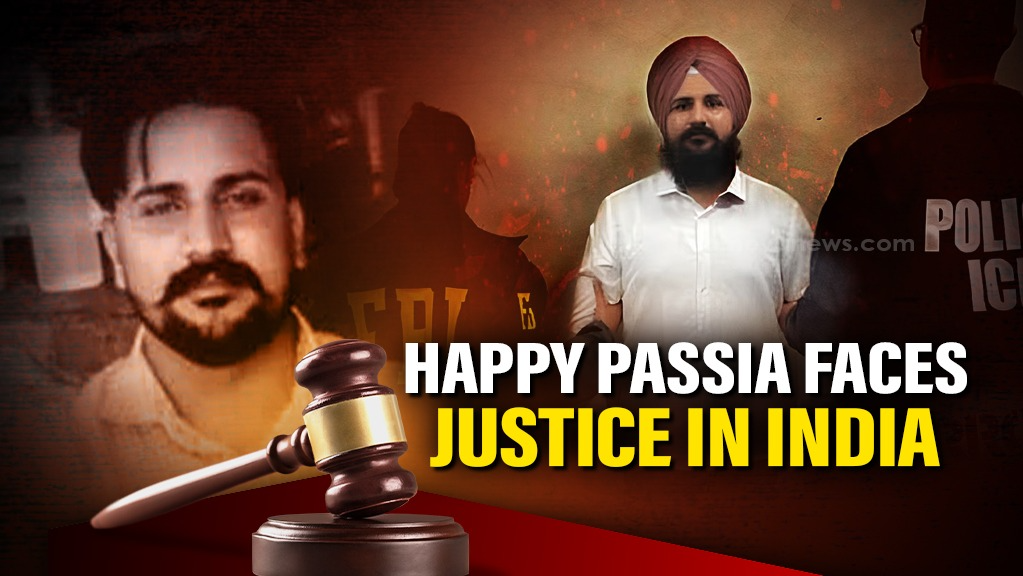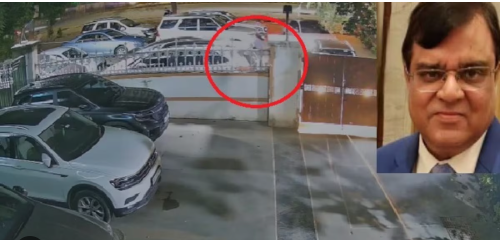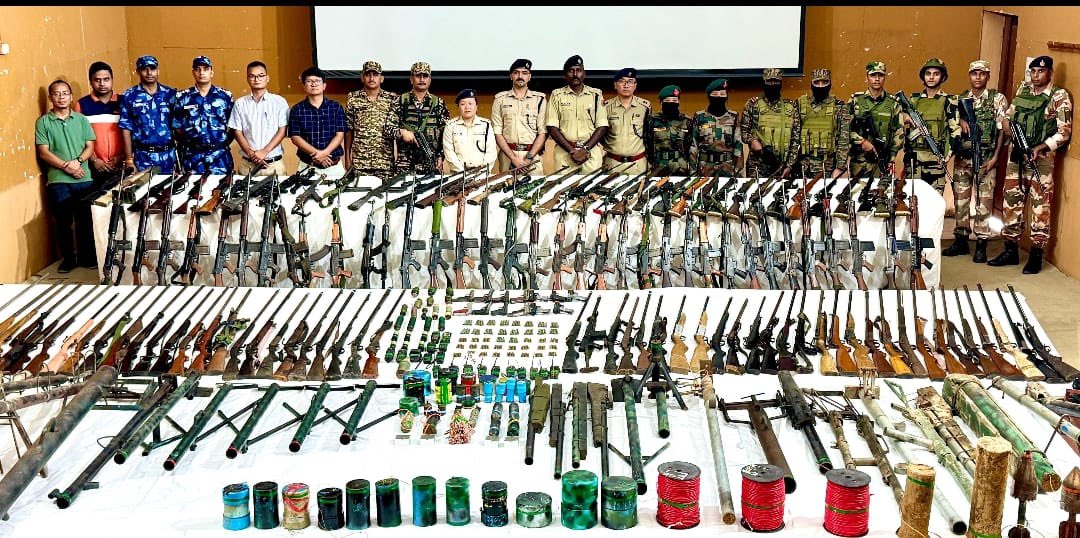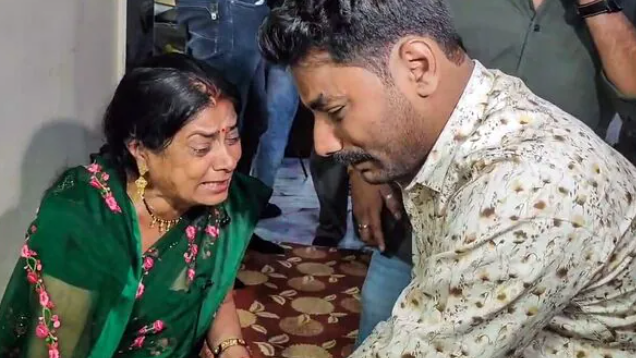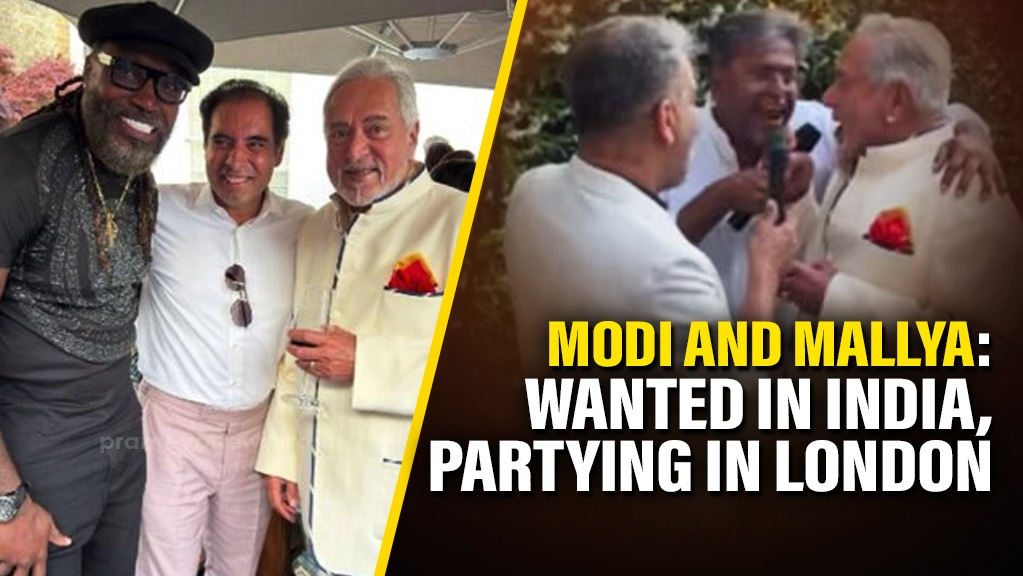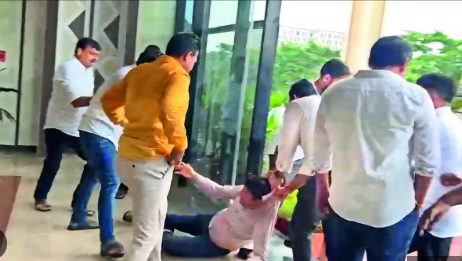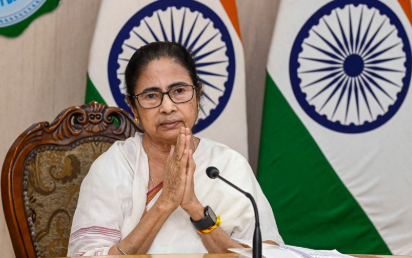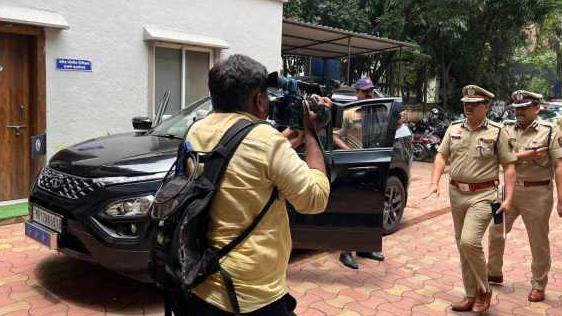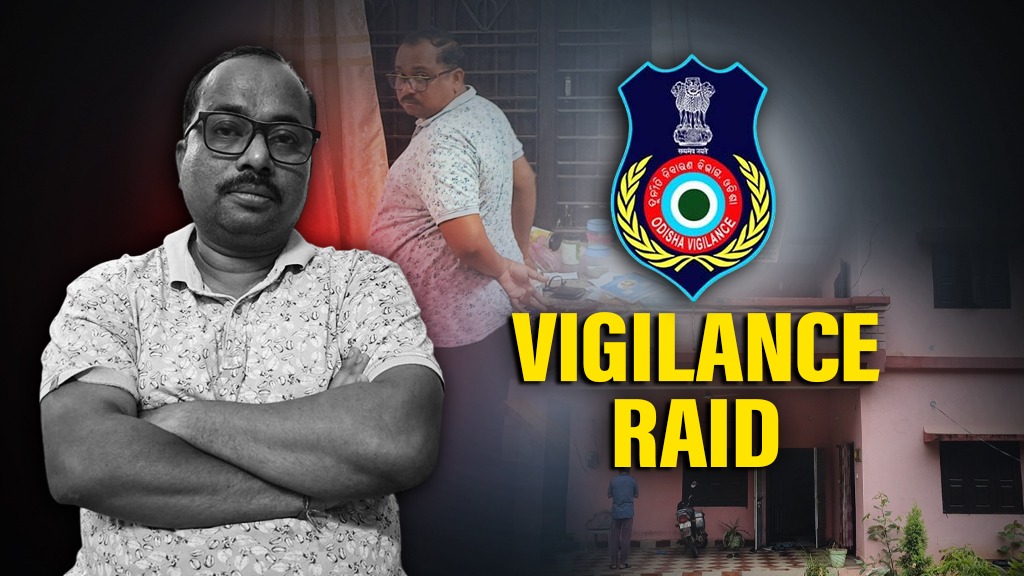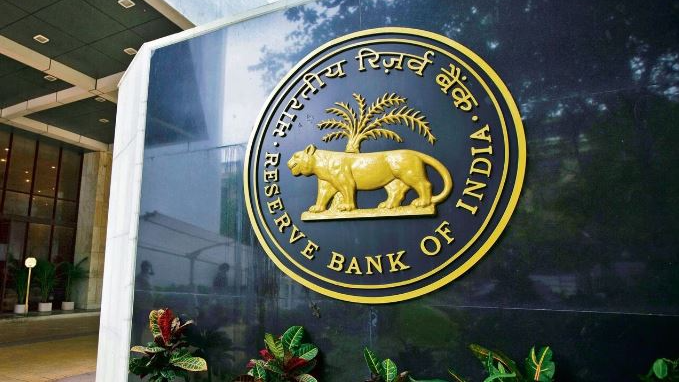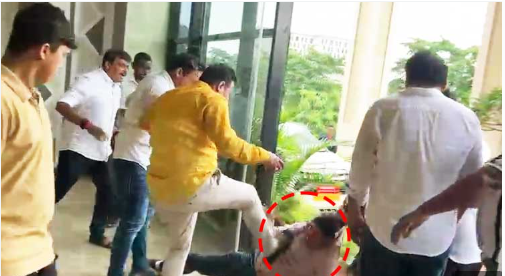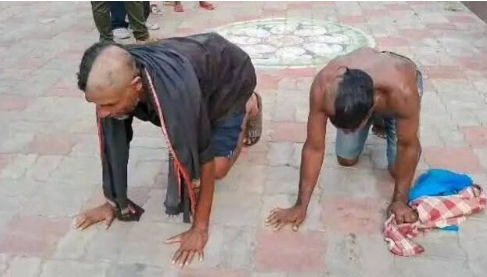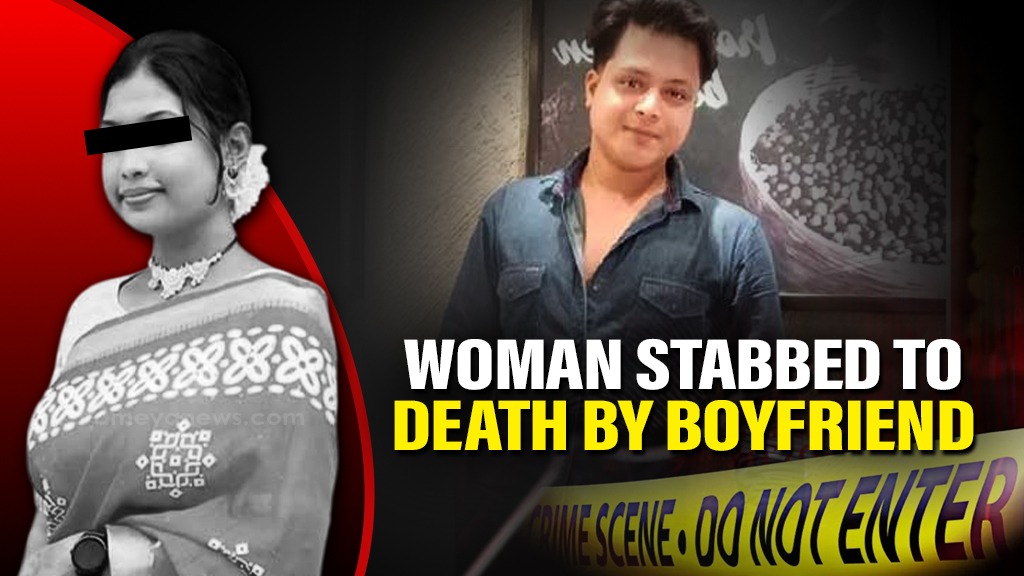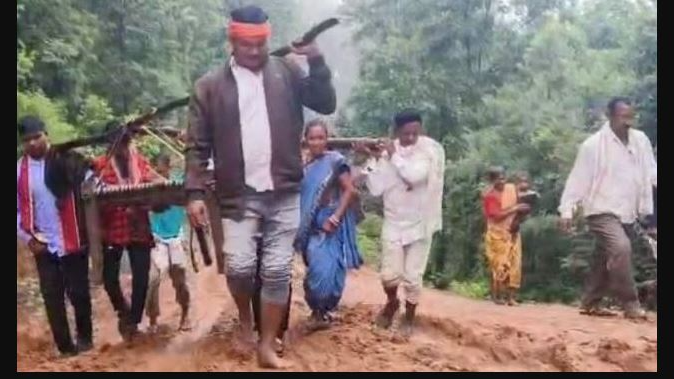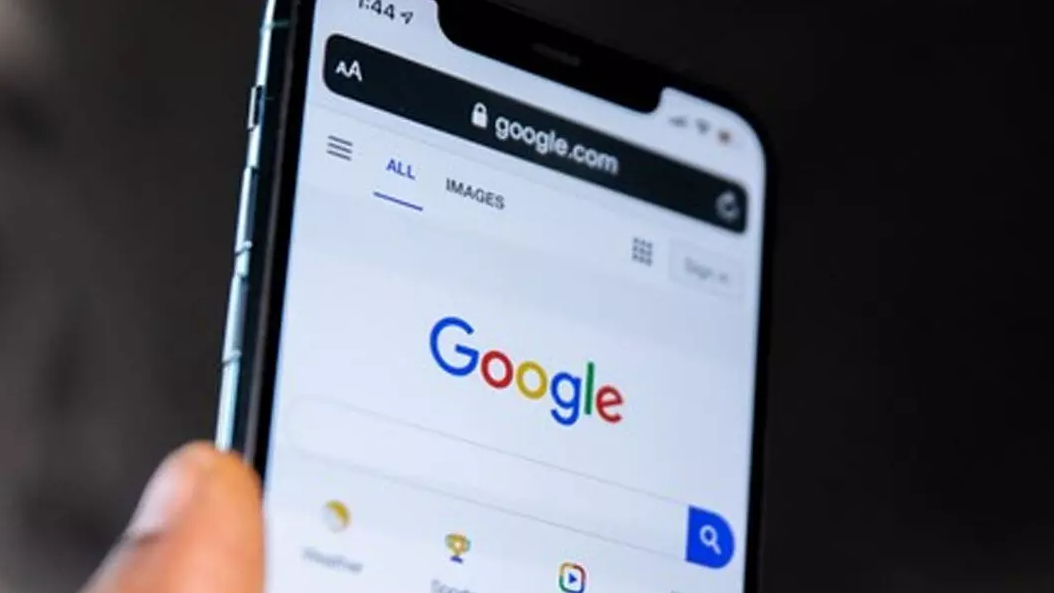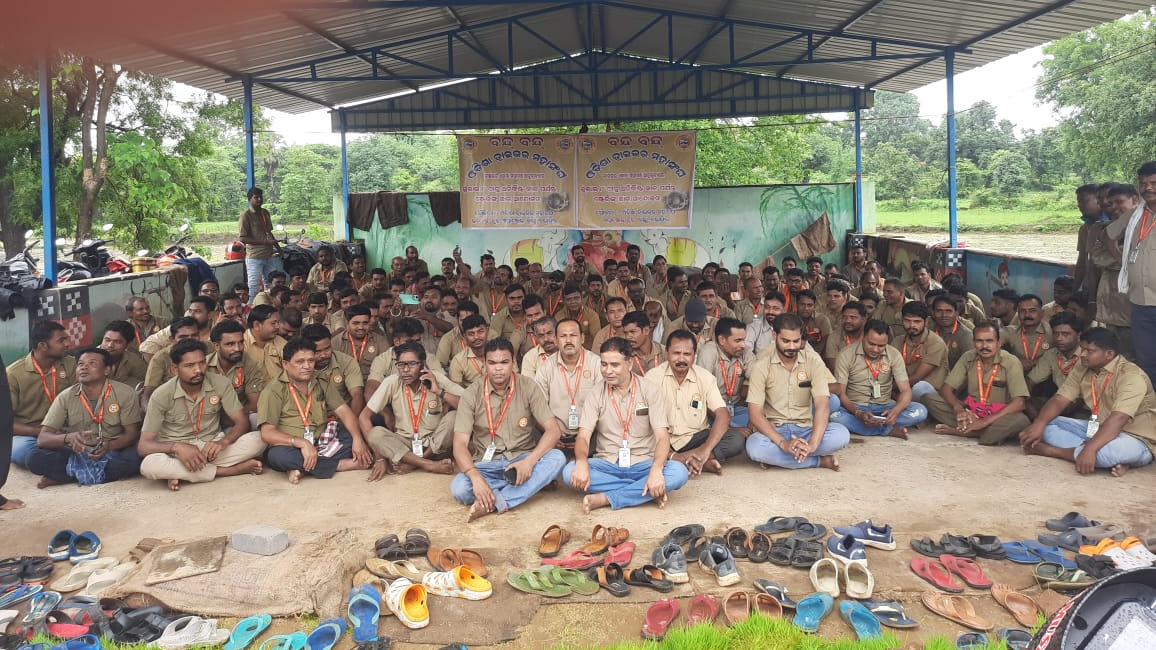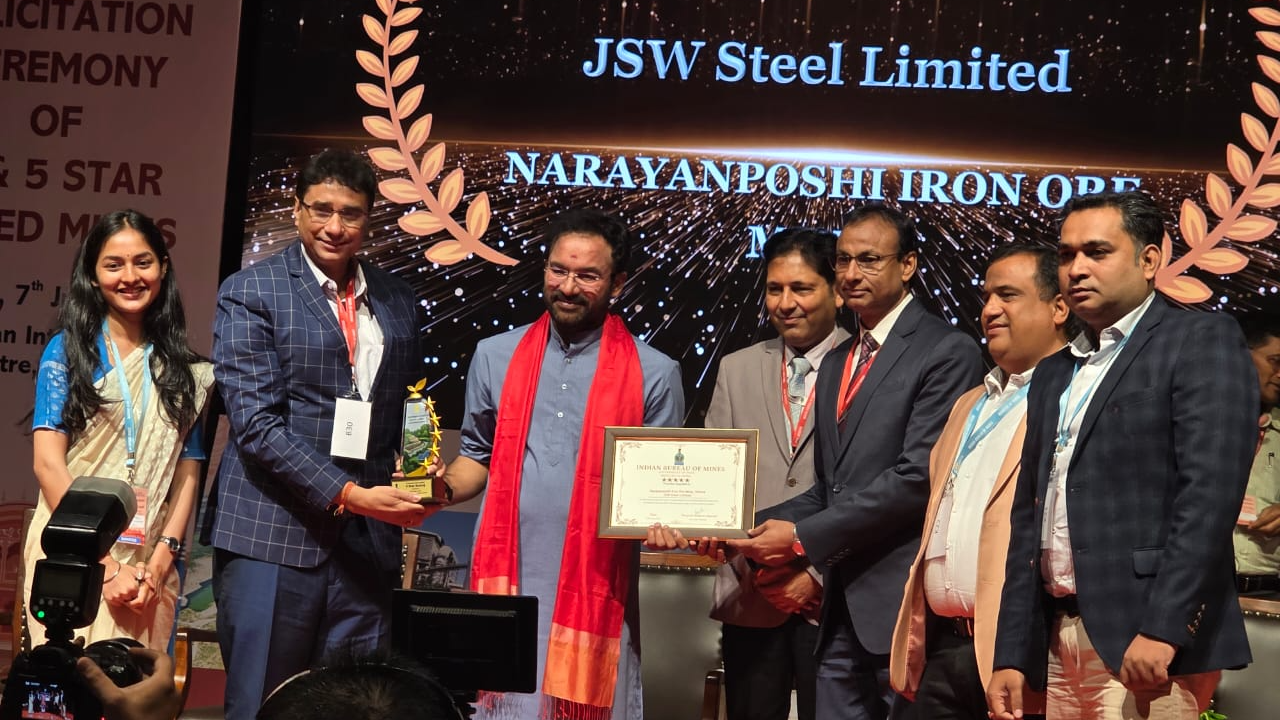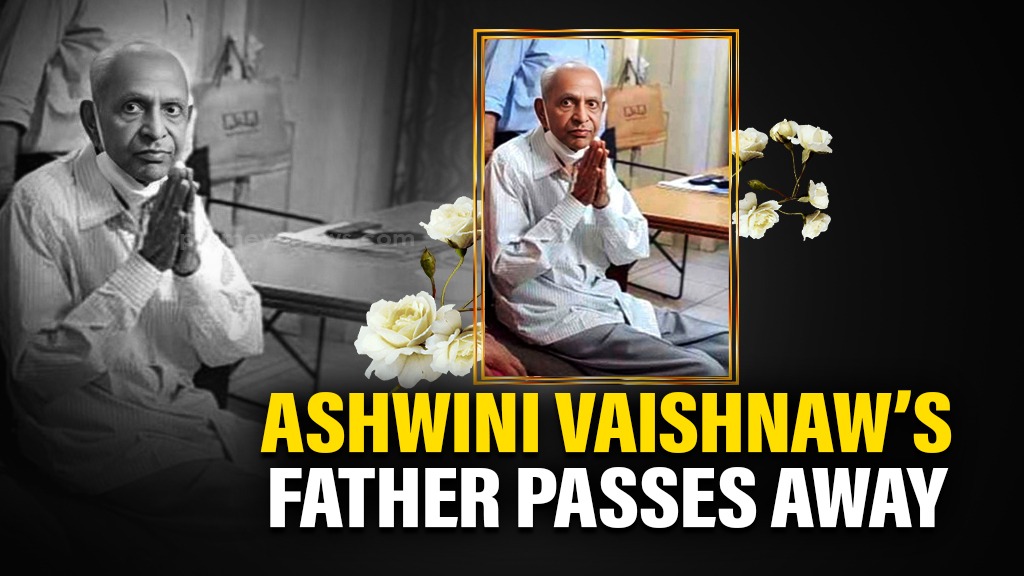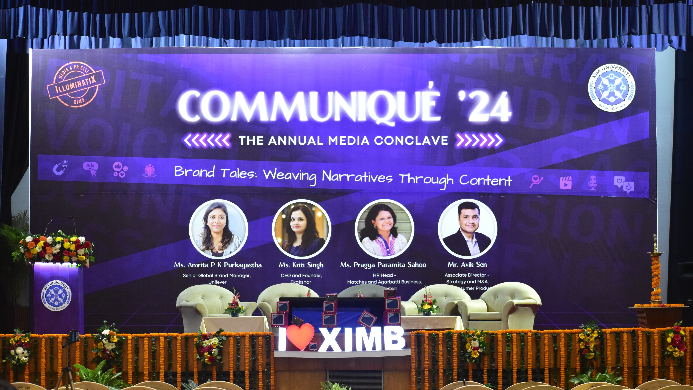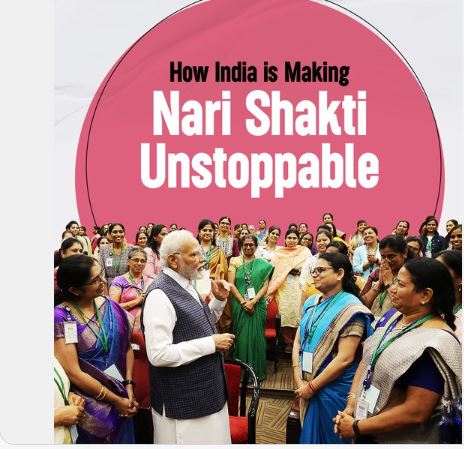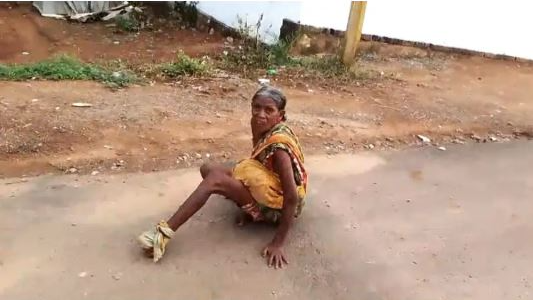Tahawwur Hussain Rana’s a Canadian doctor turned immigration consultant, got caught in one of the most horrific terrorist attacks in modern history. On January 21, 2025, after years of legal wrangling, U.S. courts finally cleared for his extradition to India. This marked a pivotal moment in India’s quest for justice for the 2008 Mumbai attacks, which had left 166 dead and a nation scarred. But how did Rana, a seemingly ordinary businessman, become a key figure in this dark chapter?
Join the Whatsapp Channel to Get News updates in english
Double Life
Born in Pakistan, Rana served as a physician in the Pakistan Army before moving to Canada in 1997. Settling in Chicago, he built an immigration consultancy business, helping people with visas and relocation. With this legitimate consultancy was darker Character. Rana’s childhood friend, David Coleman Headley, a convicted terrorist, drew him into a web of terror. Headley, a key plotter of the Mumbai attacks, used Rana’s business as cover. Rana helped Headley obtain a five-year Indian visa under false pretenses, enabling him to scout targets like the Taj Mahal Palace Hotel. Rana even opened a Mumbai branch of his consultancy, which doubled as a front for Lashkar-e-Taiba (LeT), the Pakistan-based militant group behind the attacks.
Caught in the Crossroad
In 2009, Rana’s double life unraveled. U.S. authorities arrested him and Headley for plotting to attack a Danish newspaper over controversial cartoons of the Prophet Muhammad. During his 2011 trial, Rana was convicted of supporting LeT but acquitted of direct involvement in the Mumbai attacks. This legal loophole became a sticking point in India’s efforts to bring him to justice.
India sought Rana’s extradition as early as 2019, arguing he played a critical role in the Mumbai attacks. U.S. courts, however, had to navigate complex legal terrain. Rana fought extradition, claiming it would violate the principle of double jeopardy—being tried twice for the same crime. But U.S. judges ruled India’s charges, including forgery and conspiracy, were distinct from his earlier convictions.
Rana’s extradition journey was not straightforward. In 2020, he sought compassionate release from U.S. prison, citing COVID-19 risks. But India’s provisional arrest warrant kept him behind bars. Over the next five years, legal battles dragged on, with Rana exhausting every appeal. Finally, on January 21, 2025, the U.S. Supreme Court dismissed his final plea, sealing his fate.
What matters most?
Rana’s extradition isn’t just about one man facing justice. It’s a victory for international cooperation in combating terrorism. For India, it’s a chance to uncover deeper truths about the Mumbai attacks. Rana’s interrogation could reveal more about the role of Pakistani intelligence agencies and other conspirators. For victims’ families, it’s a step toward closure after years of pain.
Rana’s Key Moments
November 26, 2008: Mumbai attack shocked the world.
October 2009: Rana and Headley arrested in the U.S. for plotting attacks in Denmark.
June 2011: Rana convicted for supporting LeT but acquitted of Mumbai charges.
December 2019: India formally requests Rana’s extradition.
January 2025: U.S. Supreme Court clears Rana’s extradition to India.
What Lies Ahead
As Rana faces trial in India, can he reveal more about the Mumbai attacks? Can justice finally be served for the victims? One thing is certain: his extradition is a reminder that terrorism’s reach is global, and so too must be the pursuit of justice. Is this story over yet?






